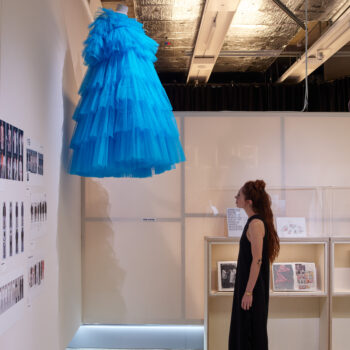Angele Delanghe – the British couturier to Royalty.
August 30, 2019Angele Delanghe was a mid-century British designer, couturier to royalty who was especially gifted at showcasing incredible fabrics, including antique embroidery and lace and unusual luxury fabrics from other countries.
After running her own business for a time she became the couturier for Fortnum and Mason, selling her business to them for the equivalent of half a million pounds. She was also a member of INCSOC, a mark of a top London couturier.
Angele Delanghe a refugee from war
She was born in Belgium in 1908 but moved to Britain in 1914 at the age of six, as a refugee from the first world war. Her only possessions were, the magazines later said, her little doll and a box of scraps of fabrics to make clothes for it.
By the mid-1930s she was said to be working as a designer in Paris. In 1939 she set up her own business in Kensington and had her first London catwalk show that year.

The Poinsettia dress, 1953 by Angele Delanghe. Image via Pinterest.

The Poinsettia dress, 1953 by Angele Delanghe. Image via Pinterest.

Dress from a 1947 collection by Angele Delanghe. This is part of a photostory on the designer. Image via Pinterest.

Dress from a 1947 collection by Angele Delanghe. This is part of a photostory on the designer. Image via Pinterest.

Dress from a 1947 collection by Angele Delanghe. This is part of a photostory on the designer. Image via Pinterest.

Tiered Evening, 1951 – dress, Angele Delanghe, photographed for British Vogue by Norman Parkinson. Image via Pinterest.

Angele Delanghe, 1947
Angele Delanghe and INCSOC
By 1944, records showed that Angele Delanghe had joined INCSOC, the Incorporated Society of London Fashion Designers. This was a group founded in 1942 to promote British fashion during wartime. Its founding members included Norman Hartnell, Edward Molyneux, Digby Morton, Peter Russell, Victor Stiebel (of Jacqmar), Worth London, Bianca Mosca and Hardy Amies.
The rules of the society stated that you needed to be voted in by at least two-thirds of the existing members and you could only usually join if you had a strong sales record and at least four seasons behind you, as well as being a promising representation of British fashion. It was an honour to be a part of it, and it also guaranteed attention from the press as well as support from the government.
The number of designers who were members at any one time was very low; between eight and twelve usually, so those who made the list were easy to highlight as “the top ten (ish)” British designers.
In 1947 Angele Delanghe moved her business to Knightsbridge but was struggling financially and was worried that she would have to sell the business. In 1948 she held her winter show at prestigious department store Fortnum and Mason. The store bought the collection. Then, they came back to her with a suggestion. Could they buy not just her clothes, but her whole business? Delanghe agreed. The original price was to be £10,000, but by the time the deal was concluded it was nearer to £15,000 – half a million pounds in today’s money.
Gowns for the Aristocracy
Fortnum and Mason’s had had a couture business since the 1930s. Angele Delanghe brought her own clients with her, but also inherited the existing ones. These included Princess Margaret, the Duchesses of Kent, Norfolk, Devonshire and Gloucester, and Lee Radiziwill, Jackie Kennedy’s younger sister.
Angele Delanghe’s interest in textiles was perfect for Fortnum and Masons. Part of the job was conserving, renovating and updating gowns. This was normal practice in the early 20th century, when precious fabrics weren’t wasted if a dress could be updated for teh season, or altered for others. The last remenant of this now is probably the practice of women wearing thier mother’s and grandmother’s wedding dresses. But for a couturier to nobility, the precious family hierlooms she was handling included museum quality gowns worth thousands.
The press breathlessly reported that Angele Delanghe was working on a ballgown dating from the Eve of the Battle of Waterloo in 1815 for the Countess of Sefton – covered in gold Brussels lace, it was worth £800 (£25,000) and had to be kept in the Fortnum’s vault.
The deal with Fortnum’s included that Angele Delanghe was to be in charge of furs, ready-to-wear and accessories too. There was an in-house millinery workshop which made hats to match her season’s creations.
The couture salon was located on the xx floor, and clients would wind thier way through the furs, then the hats and gloves, until they reached the iron gates of her domain. Inside was a client presentation area, a workshop for tailoring, one for day and cocktail dresses and another for evening gowns.
Coronation Robes
1951 was a huge year for Angele Delanghe, as for all of London’s couture businesses. It was the coronation and gowns needed to be made not only for those invited to the historical service but for all the balls, parties and other events that were going on around town in honour of it.
Angele Delanghe made more gowns than even Norman Hartnell, who was the acknowleged top of the tree for the most appropriate and beautiful formal gowns on these occasions.
Both designers slimmed the skirts and created a more elegant profile of the dresses they made for the investiture itself.Anything large simply wouldn’t fit under the robes they would be wearing, or into Westminster Cathedral itself.
Slightly against the spirit of it all, Angele Delanghe imported better quality German velvet rather than the insipid English silk velvet that other couturiers loyally used.
But by 1954 it had all started to go wrong. Five years and only half-way through her contract, Angele Delanghe left Fortnums. Although she had raised the profile and profits of the store, it wasn’t high enough for the owners and the pressure put on her was too much for Delanghe.
The same year Angele Delanghe opened her own store again in Bruton Street, Mayfair, opposite Norman Hartnell. In 1958 the store was transferred to Bruton Place and in 1961 she was re-admitted to INCSOC – the first “new” member in eight years.
Old Fashioned and Out of Touch
In 1965 Angele Delanghe was interviewed by The Times, complaining that models were not as slim as they used to be: “I had to interview more than 20 girls for the show before I found one with a waist as slender as 23 inches”. The newspaper commented that “Madame Delanghe appears to hanker after an age gone by.
Many of the ideas will appeal to the older woman.” In other words, her work was old fashioned and out of touch, as was she.
The delicate and feminine look designed for an hourglass figure that was Angele Delanghe’s hallmark had been superseded by the strong colours and boxy shapes of the Sixties. By 1966 she had closed her business and worked for Lachasse for a very short while. It didn’t work out and she retired.



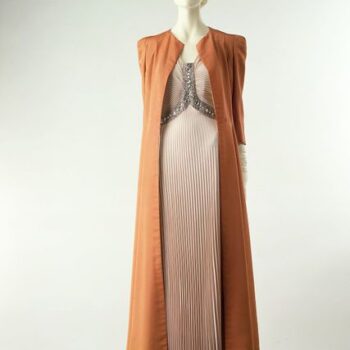

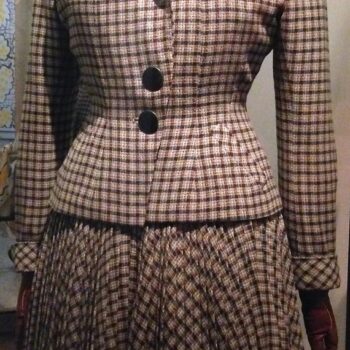
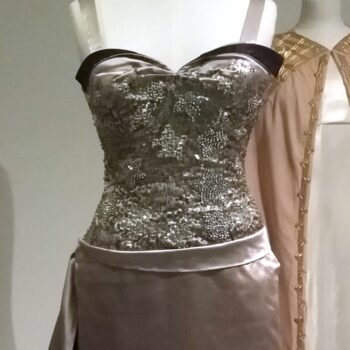
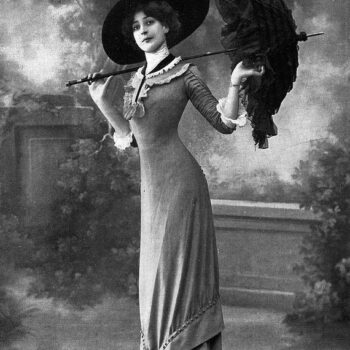
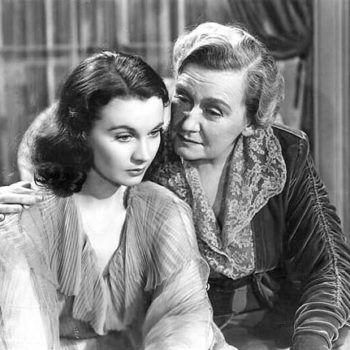
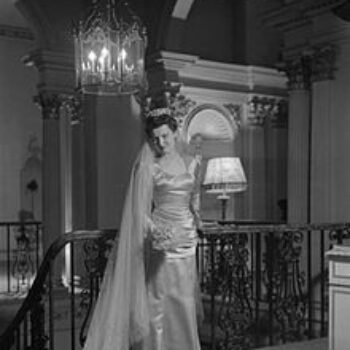
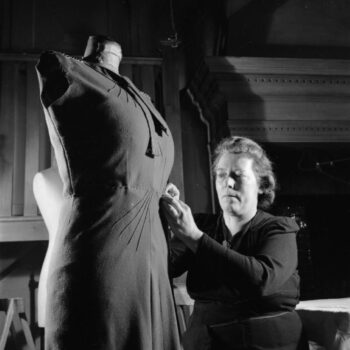
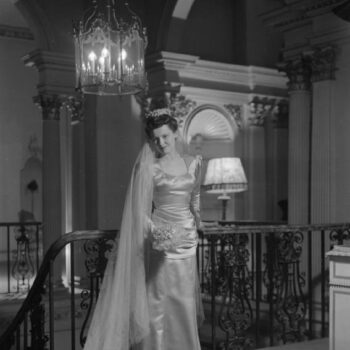
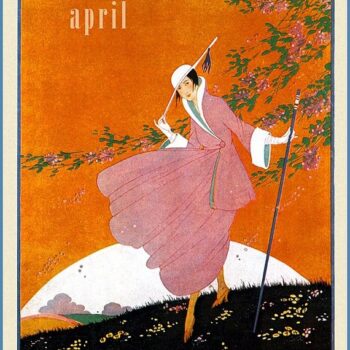
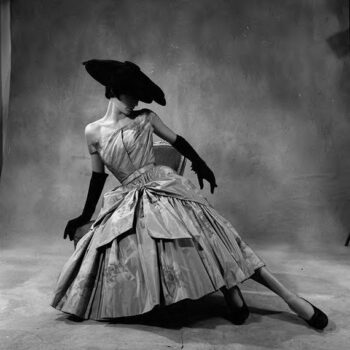
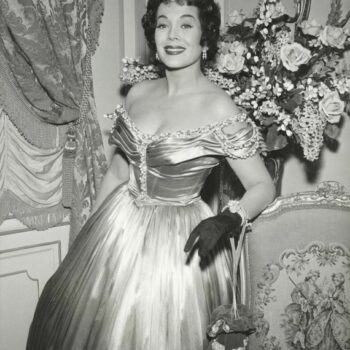
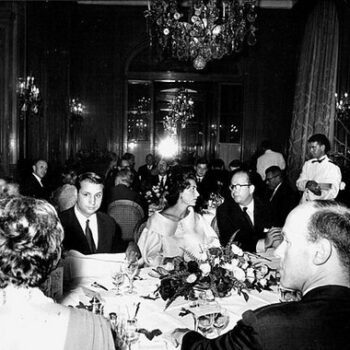
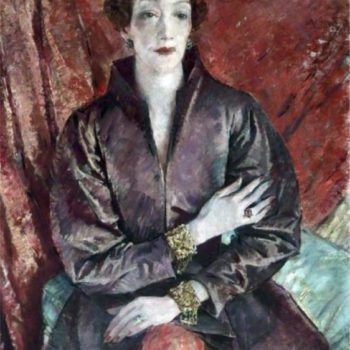
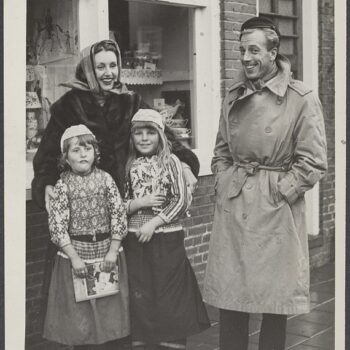
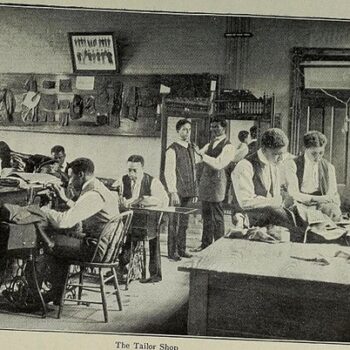

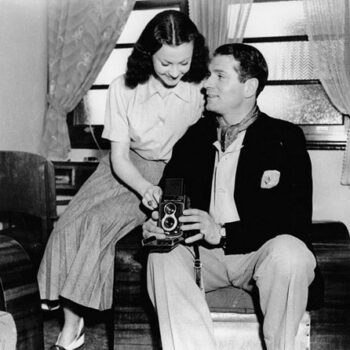
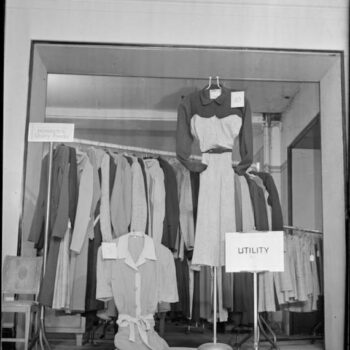
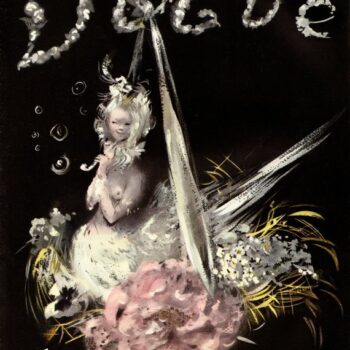
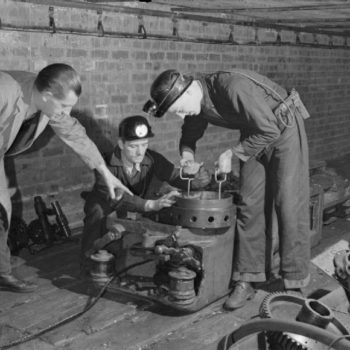
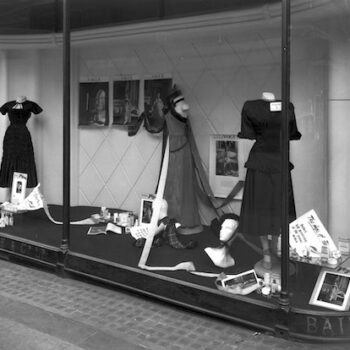
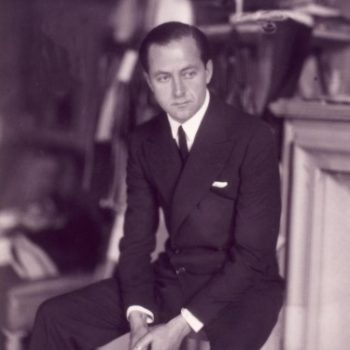
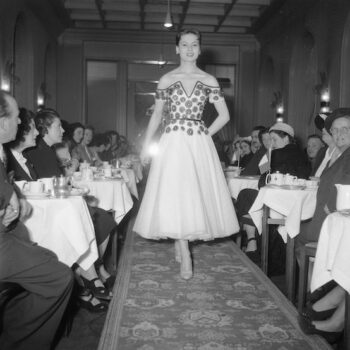
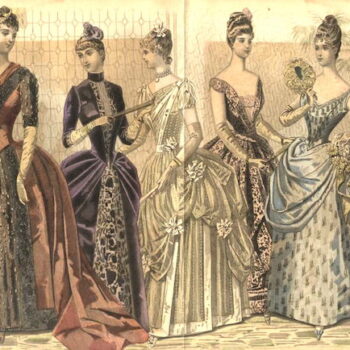

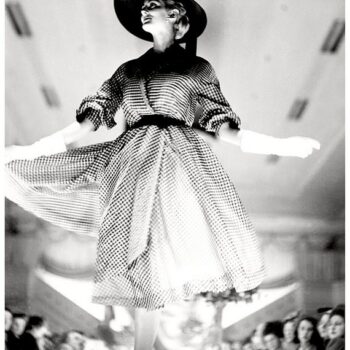
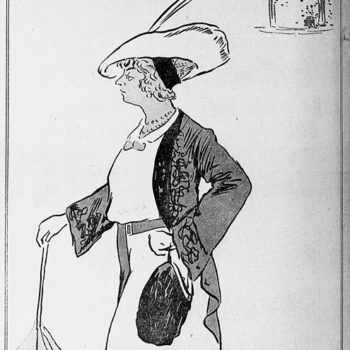

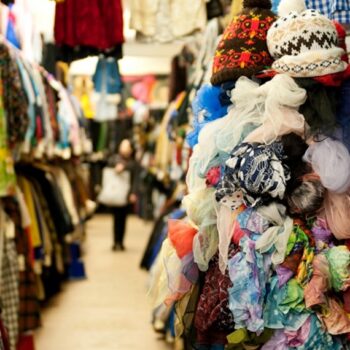
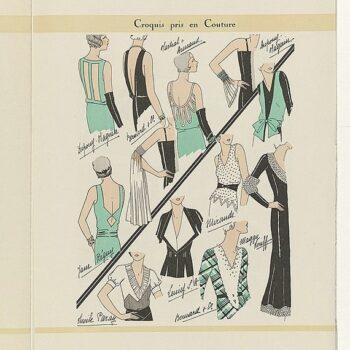
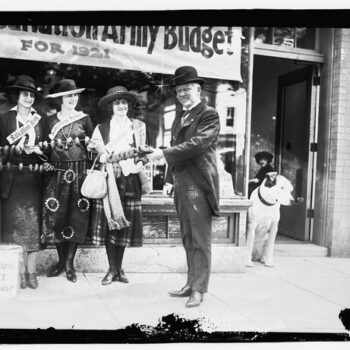
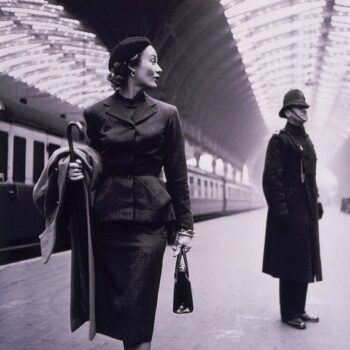
![Azzedine Alaïalogo. By alaia.fr (alaia.fr) [Public domain], via Wikimedia Commons](https://www.blue17.co.uk/wp-content/uploads/2017/11/Azzedine_Alaïa__Alaia__corporate_logo-350x350.png)
